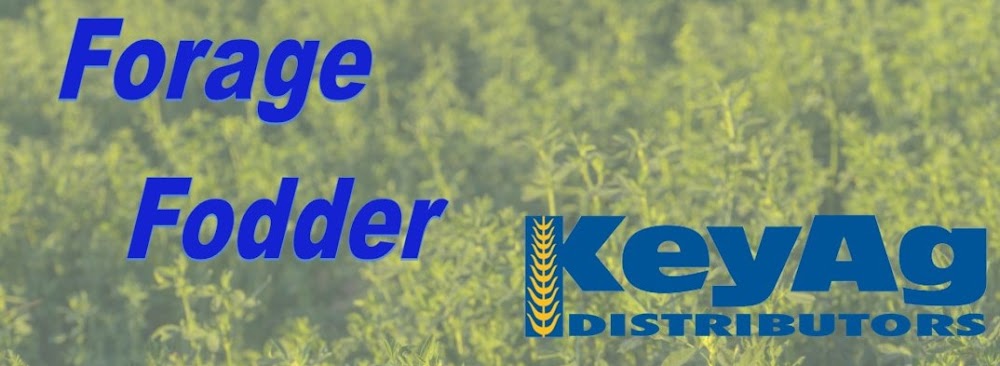Colorado—In the Oct. 13 report, compared to last report, trade activity moderate on very good demand for horse hay markets. Prices steady on horse hay. The fourth cutting of alfalfa is in full swing across the state as farmers are wrapping up this hay season. Yields were lower than normal on all hay across the state with some areas seeing more rain damaged hay than normal, but welcomed the moisture. According to the NASS Colorado Crop Progress Report for the week ending Oct. 9, alfalfa harvested is 96%, fourth cutting 55%. Stored feed supplies were rated 9% very short, 31% short, 55% adequate, and 5% surplus.
Missouri—In the Oct. 13 report, compared to last report, the supply of hay is light to moderate and demand is moderate and prices mostly steady. Most of the state received a half to an inch of rain over the last few days. Frost was present a few mornings over the last week and a very strong cold front is forecast next week which should officially end the growing season, although it got cold enough in some areas last week that may have already happened. Despite the little bit of moisture which came after data for the weekly drought monitor was collected, the entire state is now 100% showing on the drought monitor. The latest crop conditions report shows 57 percent of pastures statewide in poor to very poor ratings. Stock water supplies are 46% short to very short. Supply of hay and other roughages at 47% short to very short.
Nebraska—In the Oct. 13 report, compared to last week, all reported forages sold fully steady. Demand was good from in-state and out of state buyers. Dry, windy weather with some areas having a killing frost last week have helped some crops dry down to be combined. Some hay producers have been baling rough feed as cornstalks, soybean stubble, rushes, and mature pasture grass. These forages will go to the grinder and help with the shortfall of good quality feed.
Oklahoma—In the Oct. 14 report, some would say this is the “perfect storm” for buyers and sellers of hay. From the supply and demand to the drought, and the cost to produce, or buy the hay. This is the perfect storm that we as agriculturalists are trying to find different ways to get through these times. Hay is continuing to move with some suppliers in the site of running out of hay already. As we look toward the future we do see some rainfall and cooler temperatures heading our way, unfortunately, it is too late for the hay producers. Next report will be released Oct. 28.
Texas—In the Oct. 14 report, compared to the last report, hay prices are steady to firm in all regions. Hay demand is mostly moderate to good. Wheat has been planted across much of the state and has begun to emerge in places that had good subsoil moisture. However, more precipitation is needed to setup a good root base. In many regions cattle are still moving to the sales earlier than expected, and cull cow numbers are still higher than in years past. Next report will be released Oct. 28.
New Mexico—In the Oct. 14 report, compared to last week, alfalfa hay prices steady. Trade active, demand very good. Supplies are very tight for top quality hay. The southern part of the state is in the sixth cutting and southeast are done with their sixth cutting. The central part of the state is in the fifth cutting. Cooler temperatures and rain reported across New Mexico. Heavy rain last week slowed progress across the state.
South Dakota—In the Oct. 14 report, compared to last week, alfalfa hay steady. Very good demand for all classes and types of hay. As the growing season is complete hay growers report much lighter inventories than in year’s past. There were many factors that produced this result. Spring calves are arriving in feedyards and in need of high quality grass hay to get them started on feed. Corn harvest in full swing as soybean harvest is complete. Very dry conditions remain, as rain remains very elusive as the drought rages on.
Wyoming—In the Oct. 13 report, compared to last week, large square bales of alfalfa sold steady to $10 higher. All other bales of hay sold steady. Demand was good from local buyers with very good demand from buyers in the southern Plains. Some producers have finished up on fourth cutting in the east as producers in the central and west are trying to finish up on third cutting of alfalfa. Most hope to be done around the first of November. Per NASS, corn for silage is 89% completed compared to 98% last year.
Montana—In the Oct. 14 report, compared to last report, hay sold generally steady. Demand for hay is mostly moderate to good for mostly moderate offerings. Ranchers have started to market spring calves and are shopping around for hay for winter needs. Producers report more buyer interest was seen this week as a result. Many western producers are wrapping up third cutting and report that the last cutting looks very good, but is taking a long time to dry as cool nights and mild days are being seen. Straw demand remains good, and sales continue at steady money this week.


No comments:
Post a Comment